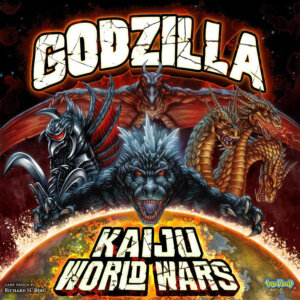
Publisher: Toy Vault
Designer: Richard H. Berg
Artists: Zac Pensol, Chris Quilliams, and Ron Spencer
Year: 2011
Players: Two to four players
Ages: 14+
Playing Time: 60 Minutes
Genre: Godzilla, and fellow kaiju, tactical combat game
Retail Price: $69.99
I have been eagerly anticipating this game. An officially licensed Godzilla game with fully painted miniature monster figures. And the figures are truly impressive. Godzilla, King Ghidorah, Rodan, and Gigan are included and look excellent. There are also 90 stackable building tiles so that you can build a 3d city with buildings of multiple heights, to make this into a monster fest miniatures combat game.
The board is impressive too. Full color and glossy already partially destroyed by the menacing monsters. There are full color monster stat sheets where you can keep track of all of your monster’s statistics.
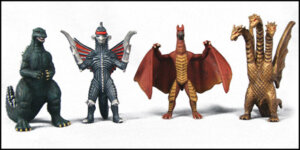
Monsters proceed around the board earning destruction points for destroying things. A Kaiju who gets a sufficient lead on his brethren becomes enraged and earns an extra energy point each turn. Energy points are used to do everything. During each of your turns you spend your energy point to move and attack, as well as pull off other special actions like healing or flight. Once you are out of energy, your turn is over.
Combat is actually kind of cool. Each player has a stack of attack and defense cards that they select from. For buildings and military units, you just destroy them, but for fighting other Kaiju, you each select a card. You line up the cards next to each other and roll a die. There are symbols on each card that line up, and you match the number rolled to these symbols. After that you just follow the results for the icon shown on each card. This can result in effects bad for both Kaiju, but monsters can modify the die roll in certain cases when they attack, so you have a better chance of selecting something good for you. If a Kaiju is reduced to zero health, they retire to monster island and the player is eliminated from the game.
Problems:
The rules are the worst I’ve seen. They look like photo-copied sheets, have ambiguities, errors, and are generally incomplete and confusing. The scenarios are in the back of the book and feature diagrams (2”x3”) that describe how to set up the board. Everything is in black and white, and in a font size that is difficult to read. There is little artwork. The game does not have many rules, however the poor quality of the rulebook turns what should be a simple game into a complex one. There are fiddly rules that are not completely explained and I just don’t like them.
Also included are a handful of info cards that describe most of the rules, so that you can get away with ignoring the rulebook for the most part. In some places, the cards and the rules conflict. Designer Richard Berg has stated that in most places use the cards, but sometimes you use the rulebook rule instead. For example: The rulebook states that buildings are worth either 2/4/6/10 destruction points, based on the height of the building. The cards say 2/3/4/6. In this case you are supposed to follow the rulebook. If you destroy a tank, the rules say it is worth two points, but the card says three. In this case you use the card and it is worth three. Minor things sure, but these add up.
The info cards, while nice, are small and there are eleven of them. “Who has the movement card?”, “Does anyone have the stunned card?”. Four player aid sheets would have served much better to pass this info along.
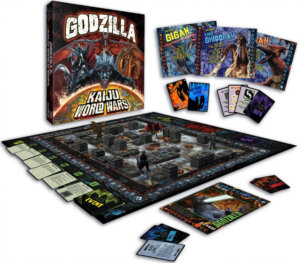
That’s the next thing, setup time is long as you have to follow a diagram to create the city before you start play. In cases where a game is excellent, longer setup times are ok. (IE: Mansions of Madness) In this case it was a pain. Once all of the problems are cleared up, then I don’t think the longer setup time will matter at all.
The game includes military unit counters, tanks and armored personnel carriers. These counters are difficult to see when placed on the board, so that you frequently forget to move them and have to go back in your turn to fix it. The solution to this problem of course is miniatures, and I recommend them as it will make the game more appealing visually, and easier to play. I wish the game had included them, or at least made them more visually distinctive from the rest of the board. Heck, wooden cubes would have worked.
Something that bugged me about the APC’s, is that they have no purpose. All of the military units are is really just an annoyance, but the tanks can do one point of damage if you roll a six. The APC’s move toward the monster, but only fire when they are destroyed by being stepped on. So they catch up with the monster and then what? Follow them around waiting to be squished or thrown?
Plus this is where the rules are the most fiddly. The military units move two spaces toward the most destructive (highest on the destruction track) monster, if that monster crosses their line of sight, after each space the monster moves (which is unclear in the rules, they just say after monster movement. The designer clarified that it was after each space). So you have to look at every unit after each monster moves a space. Too fiddly, plus the most destructive monster can change during a players turn, changing the movement of the military units too.
So, here you go, I am going to rewrite these movement rules right here. If you don’t like them, don’t use them. They are far less fiddly.
“After each player’s turn, all military units are moved two spaces towards the closest monster. They can both move and fire in any direction including diagonally. They don’t stop following a monster if they lose line of sight (after all, don’t they have ways to communicate?). Tanks fire when within three spaces of a monster. APC’s can only fire when adjacent to a monster. On a roll of a six, the monster takes one damage in either case. They must have line of sight to fire. Tanks will maintain their distance from the monster to try to stay three spaces away during their movement. (They aren’t suicidal).”
Much simpler in my opinion, and a lot less prone to mistakes and forgetting to move a unit.
Finally, there were supposed to be “Fire Defense” cards included as part of the Kaiju’s defensive options, however these were left out. So here are their fire defense abilities from the designer:
Ghidorah +1
Rodan 0
Gigan +2 (he’s encased in diamond)
Godzilla +1
I love the figures, however Rodan has these tiny feet, which means he falls over all of the time, so you basically play the game with sleeping Rodan. Making your own base will solve this problem of course. I hate to have to glue him to a base though, cause the figures are just so cool.
The scenarios need to be on a separate scenario card, like many other games do. In the “Gigan Hungers” scenario, it would have been nice to have a card where we could track the number of two story buildings destroyed by Gigan, as that is how that player wins the game. The setup diagram would be easier to follow, and in general the game would seem more professional with graphically designed scenario cards.
Despite the many problems, there is a fun game in here. The monsters abilities are all true to what has appeared in the various movies, so you get to do some cool attacks. It all boils down to a monster battle fest, and if the problems get fixed this will be a good, fun, enjoyable game. We all enjoyed playing it, we just had to keep interrupting the fun with re-doing turns because we forgot to move the military units, or we have to translate the rules for different situations, or make a call as to what rule is right.
I’ve contacted Toy Vault, and they are aware of the problems and are working on fixes. So there is hope. Richard Berg has re-written the rules himself, and they will be available in the next day or so.
It is my hope they will also release the Fire Defense Cards as a PDF, so we can use them. Or modify the Monster sheets with the Fire Defense printed on them.
If you are a Godzilla fan, and you don’t mind making some fixes, then you will enjoy the game. It is a fun bash. If the problems will annoy you, I recommend on waiting for the non-beta version to be released.
Here is a solitaire scenario from me, just for you Godzilla fans who would like a chance to learn the rules on your own before taking it to the group. I have playtested it exactly twice, so feel free to tweak if necessary:
Godzilla: King of the Monsters
Setup: Use the map layout from the “Enter King Ghidorah” scenario. Do not add the military units. Place a radiation token on the 3 level building at space A6 (when looking at the diagram, first column, sixth row) to represent the nuclear power plant.
Split the military tokens into three groups, each containing four APCs, two tanks, and one “Command APC” (the reverse side of the regular APC). Place one group in column B, near the nuclear power plant. Place the other two just off the top and bottom of the board (F1 and F11) where they will enter on their first turn. You may stack units by unit type to make them easier to move.
Godzilla will enter at P5 (last column, 5th row). He is weak and will only get five energy each turn. His job is to get to the nuclear power plant, spend one turn there, and return to the ocean where he entered. Once Godzilla spends one turn on the nuclear power plant he will charge up to his normal 10 energy each turn. He will also heal to full health. This is the only way Godzilla will heal. He cannot use his heal action during the game or the food joints. The power plant is destroyed, but all of the energy is absorbed by Godzilla and is no threat to the populace.
As Godzilla returns to the sea, he must stop and destroy any building he passes adjacent to. He is mad for being attacked.
Godzilla can’t power up until after he has absorbed the power plant’s energy.
Play: The military units will try to stop Godzilla. All Military units move two spaces after Godzilla’s turn, except for the group in front of the power plant, who are defending it and will wait there.
All military units can move and fire diagonally.
The APC’s have a range of one (must be adjacent) and do one point of damage on a six.
The Tanks have a range of three and also do one point of damage on a roll of six.
The “Command APCs” have a range of two, and can hit on a roll of five or six. (They have High Explosive Bazookas).
Once Godzilla has wiped out a company’s worth of units (seven units), a new identical company will appear along the shoreline (Column P)in the row closest to Godzilla (Amphibious reinforcements) .
Any new tanks will return as “Super Tanks” (reverse of regular tank counter) with a range of four and can hit on a roll of five or six.
Godzilla wins if he manages to return to the ocean through space P6 after recharging. He gets one victory point per destruction point (so you can keep track of your best game). He cannot get “Enraged” (energy go to 11) during this scenario.
[rwp-review id=”0″]
- A Dungeon Delve for Kids?: A Review of Dungeon! - Oct 24, 2022
- Better, Stronger, Faster | Descent: Journeys in the Dark Second Edition Reviewed - Oct 23, 2022
- Your Planet is Doomed!: Invasion from Outer Space Reviewed - Oct 22, 2022


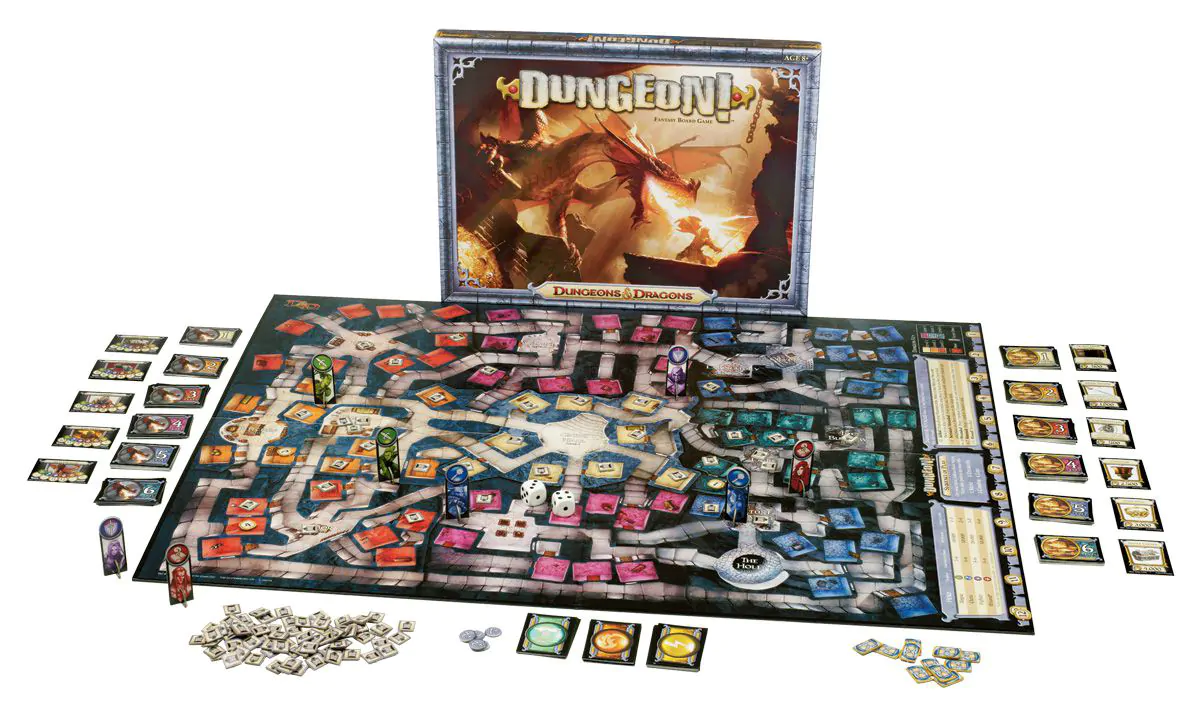
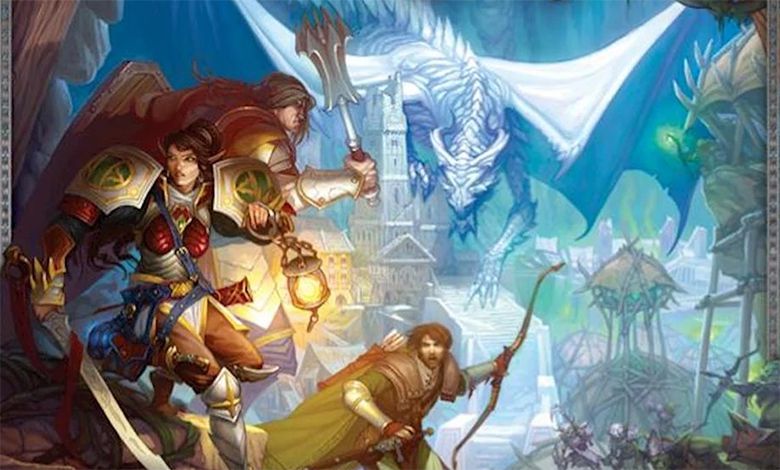
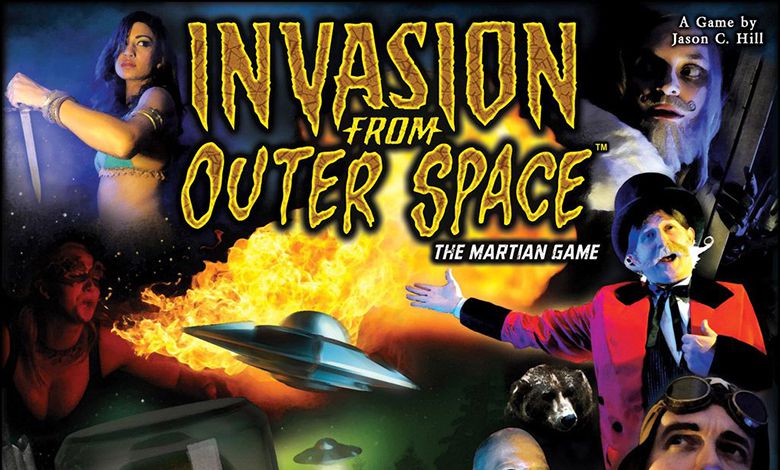
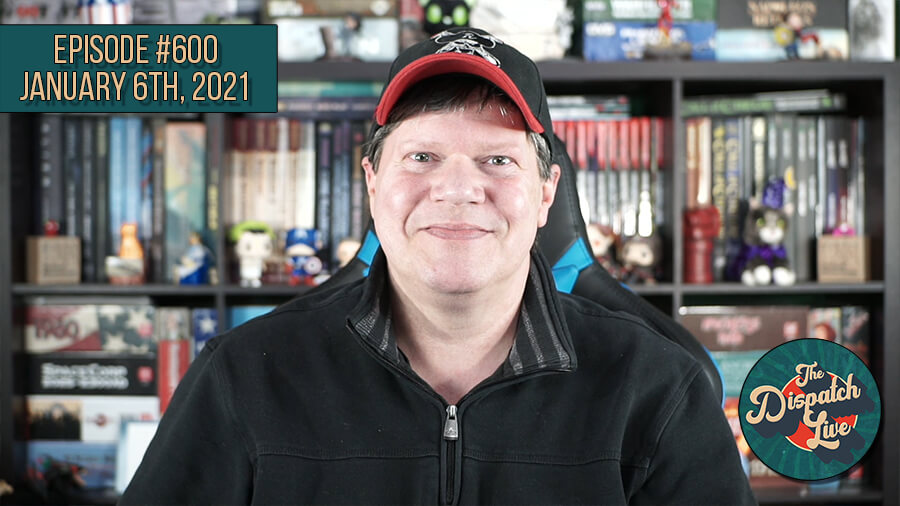


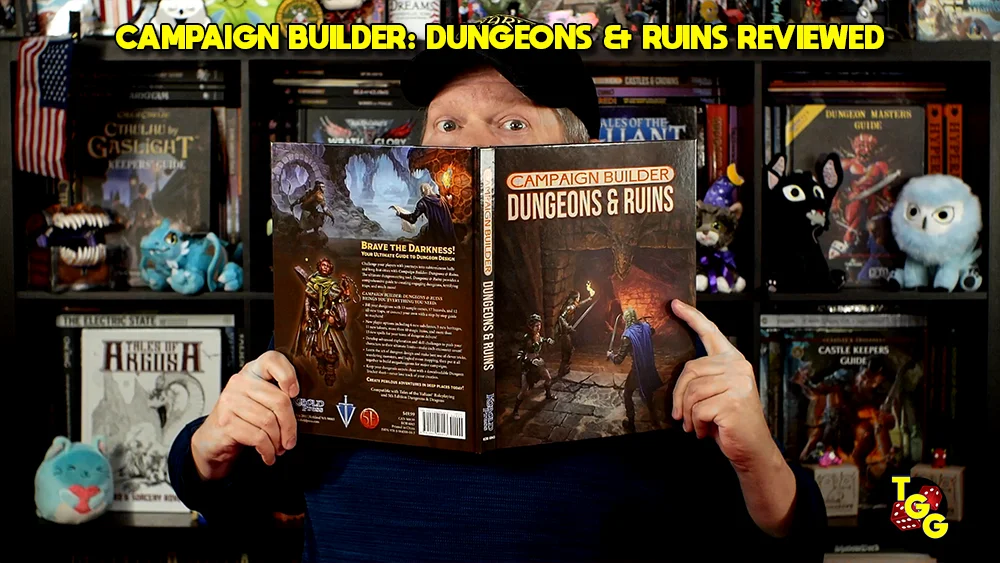








Sounds like yet another underdeveloped release from the same designer (sigh) – thanks very much for the review, I think I’ll pass (though the figures do look cool).
I have to mention that I didn’t get to play the game but I did check out the monster figures at Elliott’s before we left Chicago for Origins. I honestly wasn’t as thrilled as Elliott was about the minis. They looked like the usual Kaiju figures you can pick up for a couple of bucks in any decent comic or SF store. The prepaint job was laughable as well. An example is that Godzilla’s teeth weren’t all painted (nor were his scales along his back) and they were off center.
These production problems are going to crush sales of this title even if the issues are addressed. When we were at Origins, we saw the title selling for $40 and the stack at Troll and Toad didn’t look like it was shrinking any over the length of the con.
This is actually a better game with the second edition rules. They have released a couple years ago after the first rules. I actually liked them when they were redone. The first edition rules were I agree terrible. Lucky for those that knew about the second edition rules it is a very fun game. It is a shame that the box set comes with the first edition rules. But it was a free download for the 2nd edition rules.